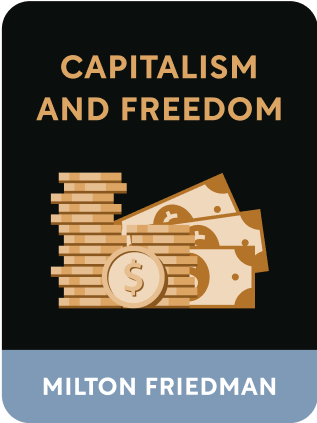

This article is an excerpt from the Shortform book guide to "Capitalism and Freedom" by Milton Friedman. Shortform has the world's best summaries and analyses of books you should be reading.
Like this article? Sign up for a free trial here .
What are the different types of monopolies? How can you recognize these different types of monopolies?
According to Milton Friedman, there are three types of monopolies: regulated, unregulated, and public. All of these types are harmful to economic development in different ways.
Read more about the different types of monopolies and how they work.
Three Types of Monopolies
There are three forms of monopoly:
- Unregulated private monopolies, in which a private firm has cornered the market and is allowed to operate unfettered;
- Regulated private monopolies, in which the government acts to eliminate competition in an essential market, like municipal power or water, often by subsidizing the sole authorized supplier (keeping the price of the good artificially low for the public); and
- Public monopolies, in which the government itself acts as the sole manufacturer and seller of a good or service.
All three forms involve the elimination of competition, and are therefore harmful to economic freedom. But, all things being equal, regulated private monopolies and public monopolies are usually the most harmful. Regulated private monopolies and public monopolies use the coercive power of the state to enforce anti-competitive practices. Competition is literally illegal in such cases.
For example, the Interstate Commerce Commission (originally created to curb the monopolistic power of private railroads) effectively became a regulated monopoly power that protected those private firms and isolated them from competition. Similarly, public monopolies like the US Postal Service can take advantage of the fact that they are publicly subsidized in order to undercut potential private competition.
A private monopoly, by contrast, does not derive its power from a legal mandate. Therefore, particularly as new technologies emerge, the possibility exists that new players will emerge in the market that can challenge the power of the monopoly, in all the different types of monopolies.

———End of Preview———
Like what you just read? Read the rest of the world's best book summary and analysis of Milton Friedman's "Capitalism and Freedom" at Shortform .
Here's what you'll find in our full Capitalism and Freedom summary :
- The key principles from Milton Friedman's Nobel Prize-winning book
- Why capitalism functions best when it is freed from government restraints
- How forced redistribution schemes are morally unjust






